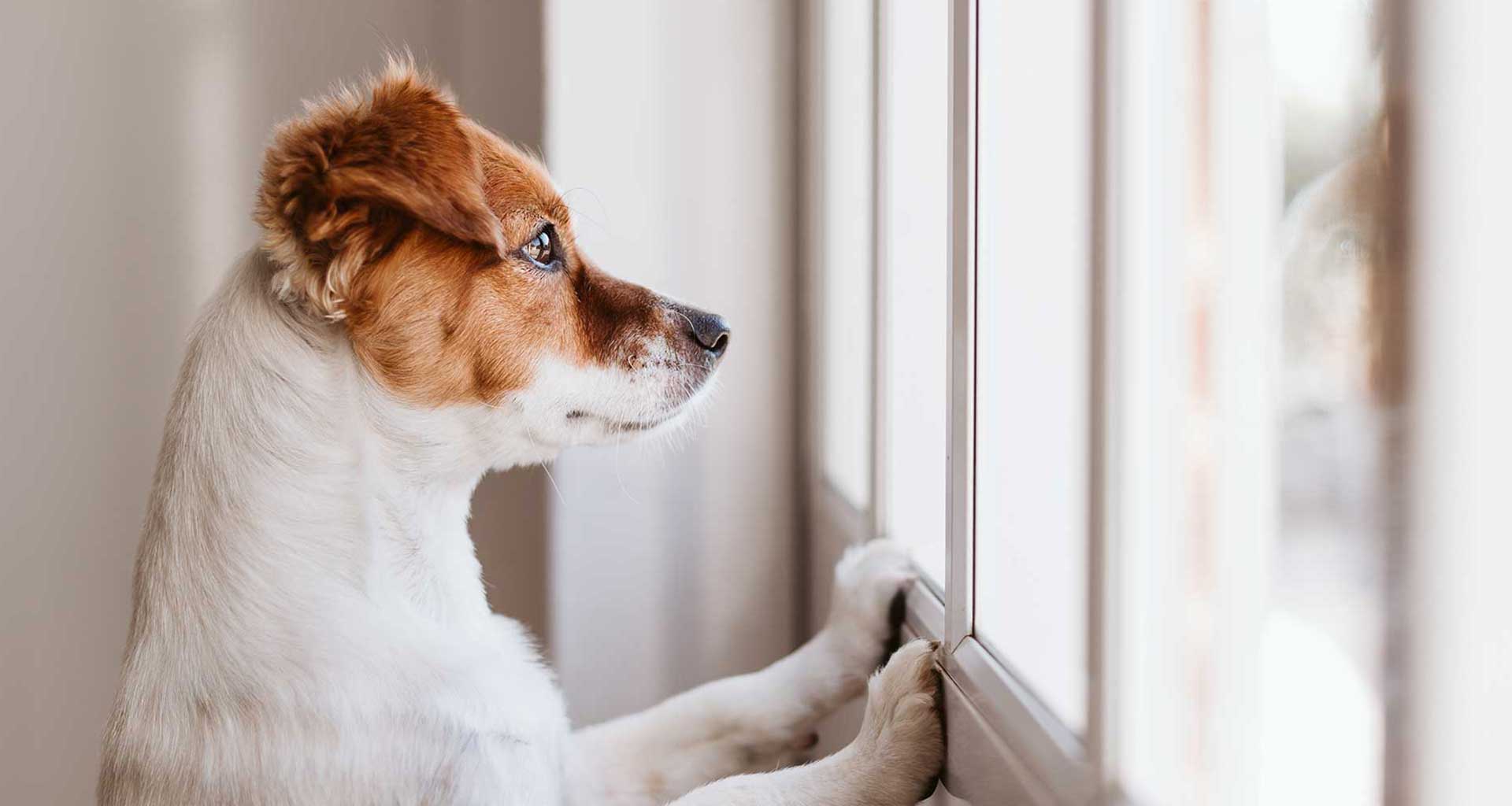Our pets are emotional creatures, and some deal with watching a person close the front door and leave for the day better than others. When the behaviour that stressed pets exhibit from being left alone is a problem – such as excessive barking, chewing, urinating, howling and other signs of distress, then it is likely they are suffering from separation anxiety. Pets that have separation anxiety may cause self-injury and household destruction, making pet parents anxious to leave their home. The good news is that there are gentle ways to help your pet cope with separation from you. This article will identify some common signs of pet separation anxiety and will give you some tips on helping your pet cope.
Common signs of pet separation anxiety
- Barking and howling
- Urinating and defecating
- Escaping
- Chewing, digging and destruction
- Pacing
What to do if your pet has separation anxiety
Desensitise your dog
This is a progressive technique and requires repetition and persistence. Start by pretending to get ready, packing your bag, putting your shoes on and then sit down with your pet and don’t leave. Sit with your pet until they are calm and comfortable. In a few days when they become less distressed, change the routine to walk outside, close the door and then come back inside and sit with your pet until they calm down again. With progression and repetition eventually you should be able to leave without alarming your furry friend.
Promote a happy good bye
Every time you leave offer your pet a treat or provide them with a fun toy. Only allow your pet to access it when you’re leaving and on your return. This will associate good-byes with good times and rewards. Leaving Kong toys and other food dispensing toys is a great way to keep your pet busy while you are gone.
Wrap them up for comfort
Like us, hugs make pets feel secure and calm. Thundershirts can be placed on your cat or dog to help relive their anxiety. These are also useful in thunderstorms and around fireworks to keep your pet feeling safe.
Stage a calming light and sound show
Create a relaxing ambience for your pet, you can leave a TV on for them, a relaxing CD and keep the curtains slightly drawn to help them feel protected.
Soothing scents
There are products available at your veterinary clinic that omit pheromones to make your cat or dog feel calm. Feliway for cats and Adaptil for dogs, come in easy to use forms such as collars or wall adaptors.
Pet separation anxiety is not a naughty behaviour and it shouldn’t be punished. It can be managed in your pet through patience and care.
If your pet has a more serious case of separation anxiety it is best to speak to your veterinarian about a behavioural consultation. During this consultation they can carefully tailor a plan to help your pet become more comfortable when being left alone.


